
AI Limitations in Real Estate Photo Editing
Introduction
Artificial Intelligence (AI) is quickly transforming industries, and real estate photography is no exception. With tools that can automate sky replacements, remove clutter, and even stage rooms virtually, it’s tempting to believe AI is the perfect solution for real estate image editing. But behind the glossy marketing, there are serious AI limitations that professionals should consider.
While AI offers speed and affordability, it still falls short when it comes to delivering the nuanced, high-quality results required in real estate marketing. In this blog, we’ll explore the critical AI limitations holding back fully automated real estate photo editing — and why the human touch still matters.
The Rise of AI in Real Estate Photo Editing and Its AI Limitations
In recent years, AI tools like Adobe’s Firefly, Luminar AI, and AgentUp Editing AI have gained popularity among real estate professionals. These platforms offer a range of features such as sky replacement, object removal, and virtual staging — all promising faster turnaround and lower costs.
According to a 2024 report by Statista, over 63% of real estate professionals had tried an AI-powered tool for visual marketing. But user satisfaction lags behind: only 41% of those reported “very satisfied” results. The gap highlights a growing realization — AI limitations are hard to ignore when quality is paramount.
Real estate images aren’t just pictures; they’re tools of persuasion. They must be clean, accurate, and visually appealing to potential buyers. If AI can’t meet those standards, it risks damaging credibility and lowering conversion rates.
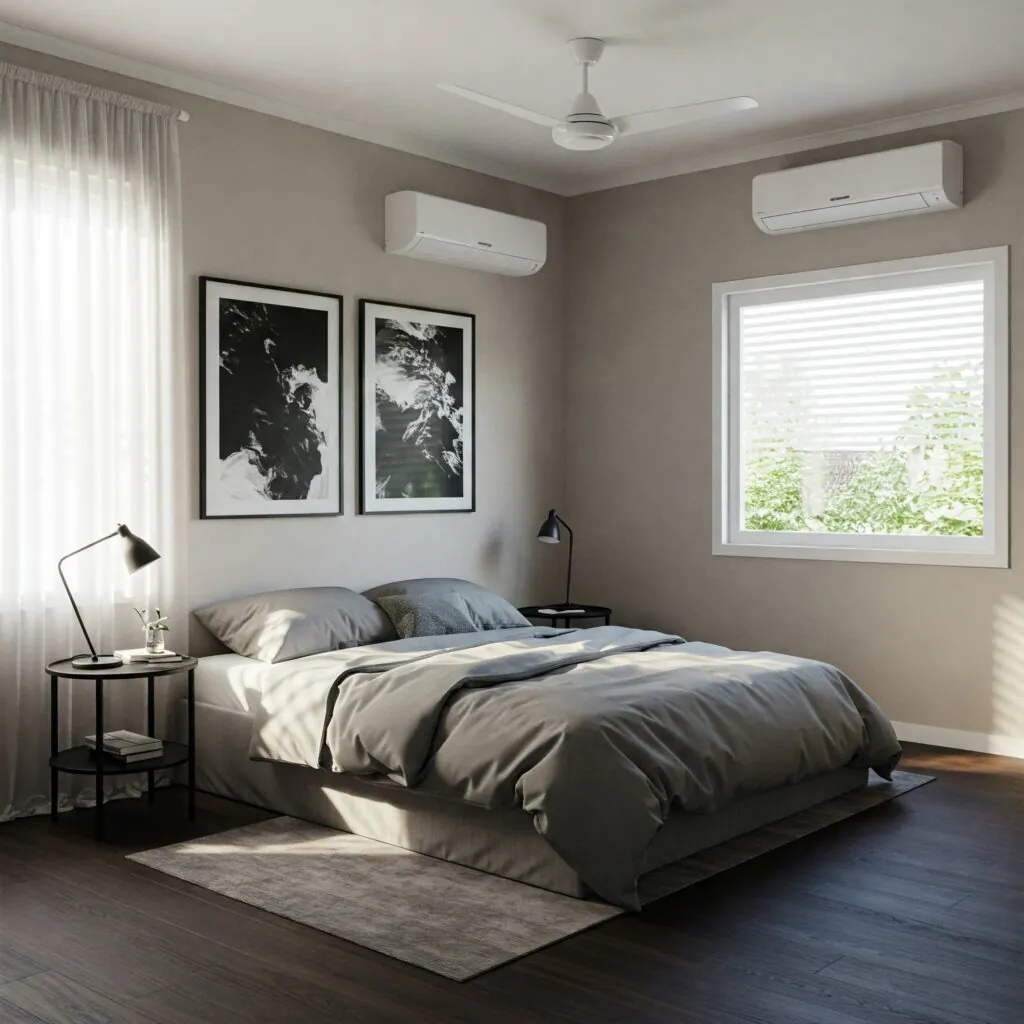
AI Limitations in Poor Image Expansion
One of the most common AI limitations is its struggle with expanding image backgrounds. Tools like Adobe Photoshop’s Generative Expand use algorithms to imagine what should exist beyond the image borders. But in many cases, the results are blurry, mismatched, or distorted.
In real estate, this becomes a problem when trying to widen a room or expand a lawn. For instance, a fence might appear doubled or misaligned, and landscaping could look melted or unnatural.

PhotoUp’s 2025 review of AI editing tools showed that 72% of generative background extensions failed to preserve natural lines or textures in test real estate images. This is a critical AI limitation, as buyers are quick to pick up on visual inconsistencies.
In a market where trust is key, an oddly stretched doorway or warped patio could raise red flags — even subconsciously — and damage the perceived value of a property.

Before: Empty Room

After: Virtual Staging by Digihomestudio.com
AI Limitations in Inconsistent Patterns and Textures
AI also struggles to replicate repeating patterns like tiles, bricks, or wooden flooring. This is one of the more subtle but impactful AI limitations. When the eye detects mismatched grout lines or bricks that don’t align, it creates a sense of something being “off” — even if viewers can’t pinpoint why.
Imagine editing a kitchen floor with patterned tiles. If the AI replicates the wrong shade, or duplicates the same tile twice in a row, the image feels unnatural. These errors might be small, but they can erode trust in a listing’s authenticity.
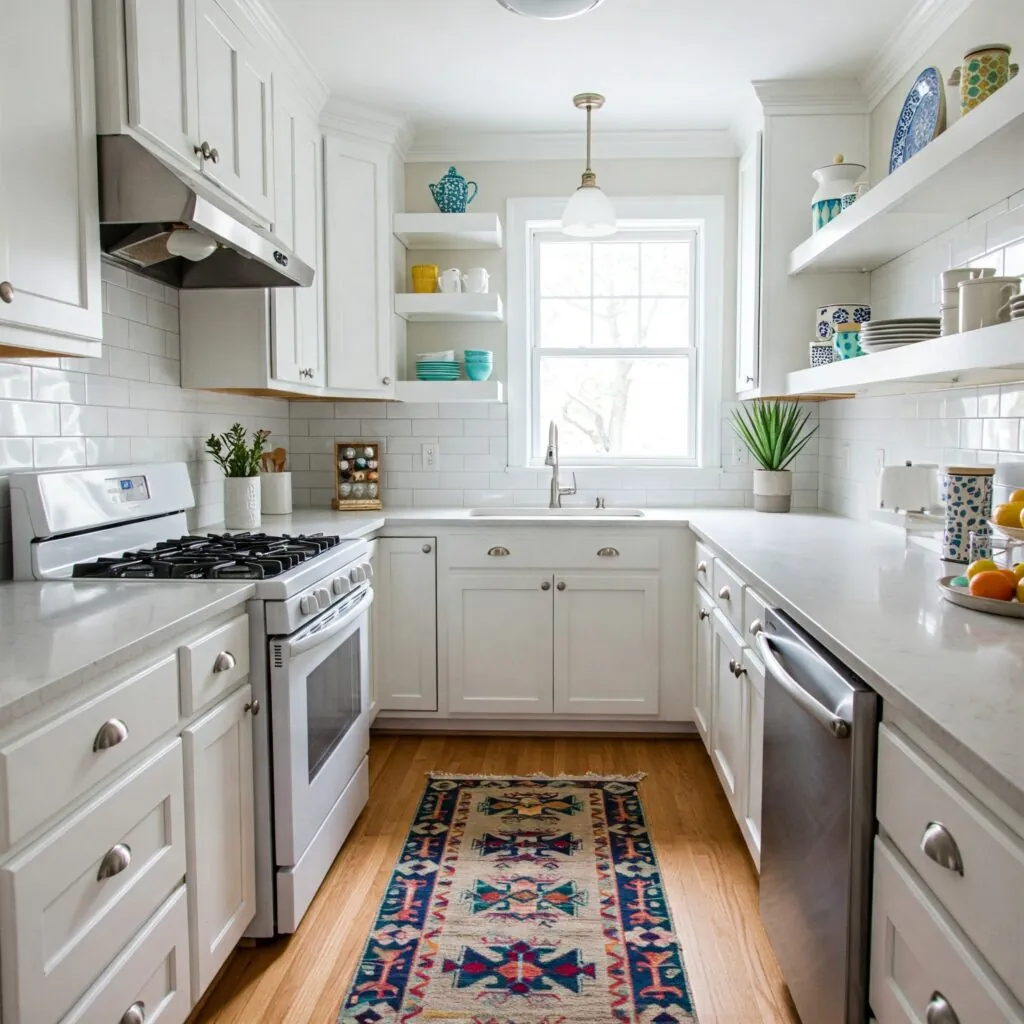
Buyers today are digitally savvy. In fact, a 2023 NAR (National Association of Realtors) report found that 97% of homebuyers use online tools as part of their home search — meaning your photos may be their first (and sometimes only) impression. These AI limitations in detail matching can be enough to turn someone away from booking a showing.
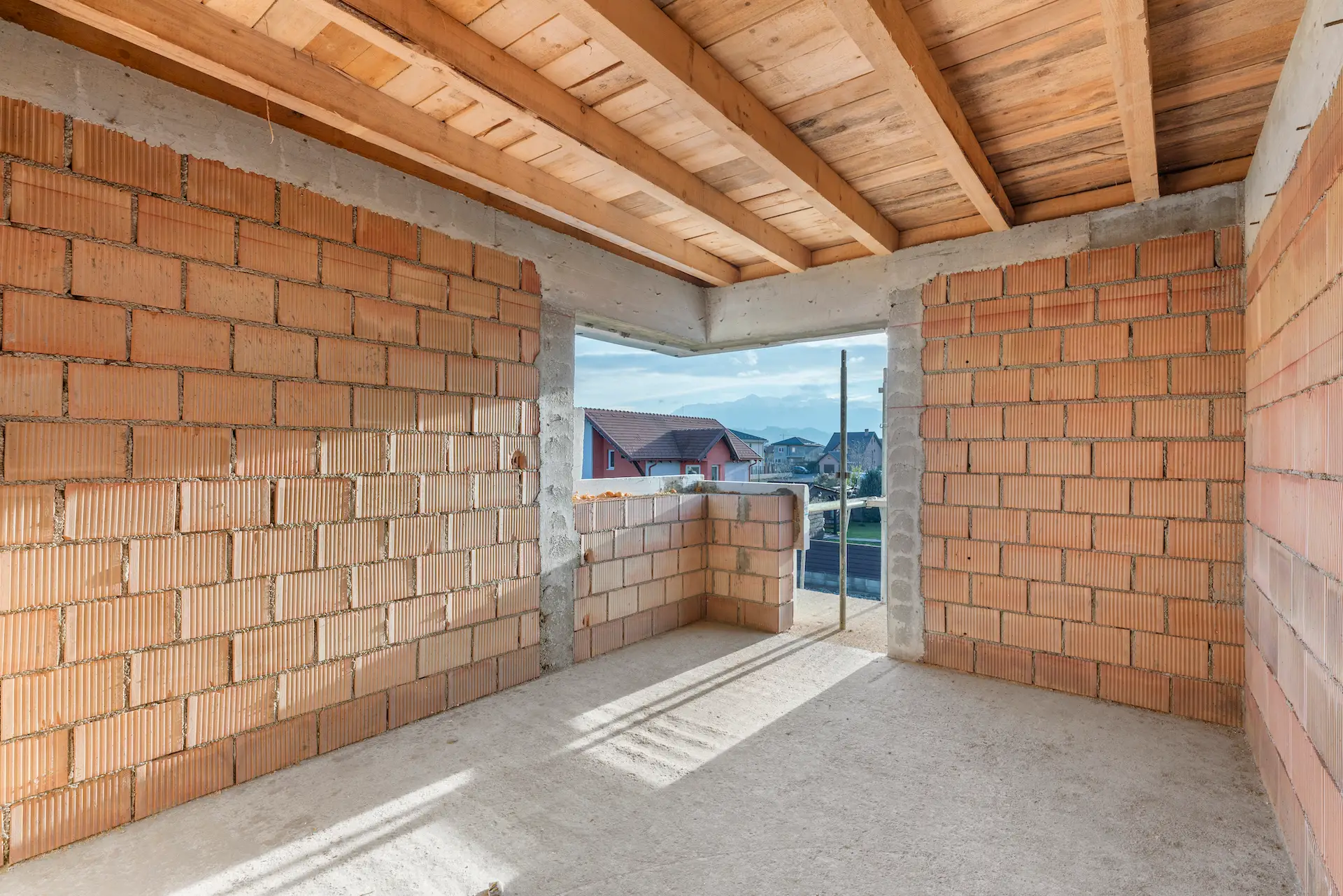
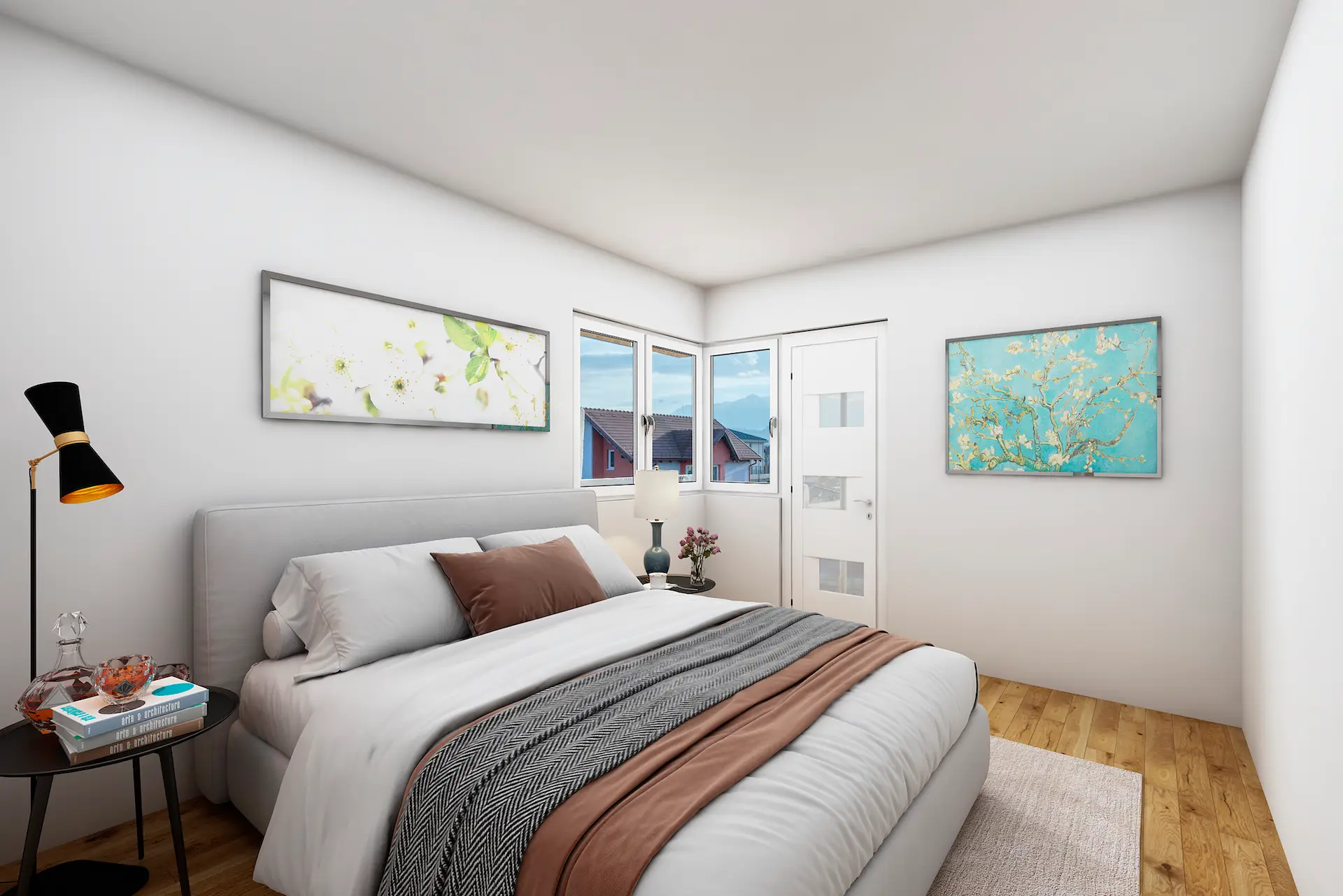
AI Limitations in Maintaining Perspective and Depth
Another major AI limitation is in preserving perspective and spatial depth. Rooms in real estate photography must feel open and realistic — with lines that guide the viewer’s eye and angles that showcase space accurately.
AI sometimes misjudges perspective, leading to slanted door frames, floating furniture, or even missing floor shadows. These distortions are especially noticeable in wide-angle shots or when dealing with large open-plan areas.

Perspective is crucial in real estate because it communicates size, layout, and flow. A room that appears “off” due to AI warping may look smaller, cramped, or even confusing to navigate. According to Zillow’s research, listings with professionally edited, properly angled photos sell 32% faster — and typically for more money — than those with poor visuals.
AI’s inability to grasp spatial context is a deep AI limitation that often requires manual correction by an expert.
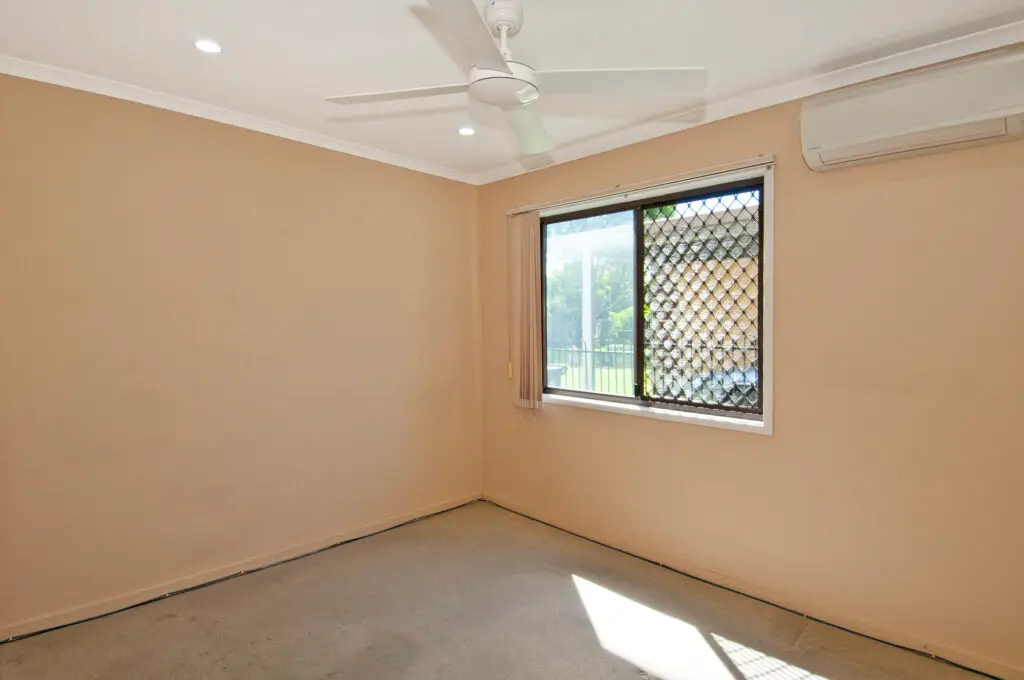
Before: Empty Room

After: Virtual Staging by Digihomestudio.com
AI Limitations in Capturing Fine Detail and Realism
High-resolution images are standard in today’s real estate market — especially with the rise of 4K displays and retina devices. But AI-generated content often lacks the sharpness and realism required for these platforms. This is one of the most visible AI limitations.

Real estate buyers are not just skimming — they’re zooming in. They’re checking finishes, fixtures, and lighting. If an AI-generated corner of a room looks blurry or if artificial lighting creates shadows where they shouldn’t be, it breaks immersion.
In controlled testing by Real Estate Photo Editing Lab in 2024, AI-generated object removal left behind blurry smudges or pixel noise in 58% of cases. This kind of artifact might seem minor to the untrained eye but can be glaring when magnified on a large screen or print brochure.
In short, AI limitations in detail clarity mean human editors still have the edge when precision matters.


AI Limitations in Customization and Creative Control
AI tools often operate as “black boxes.” You input a command — like “remove this object” — and wait for the output. But if the result isn’t quite right, you’re often left with limited options to tweak or refine it. This lack of creative control is one of the most frustrating AI limitations for professionals.
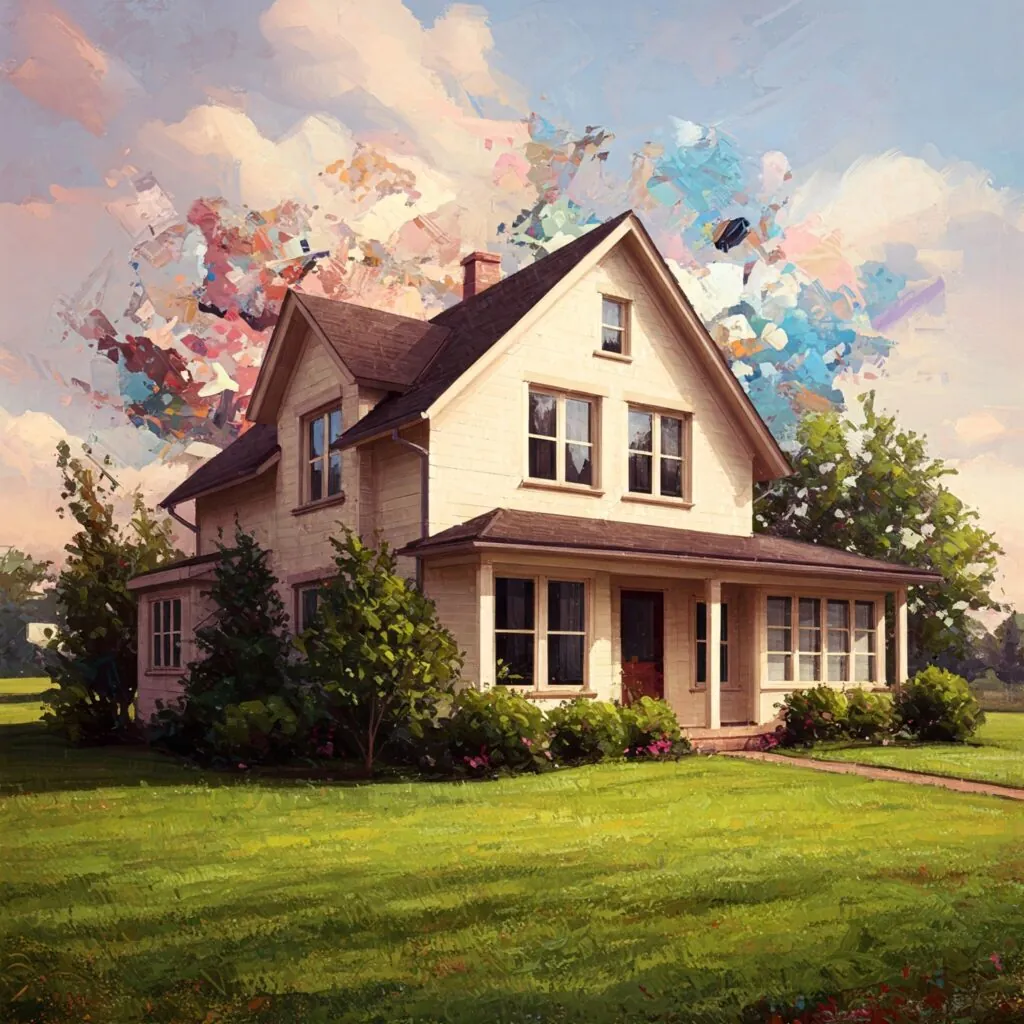
Unlike traditional editing in Photoshop, which allows for layer masking, manual adjustments, and precision cloning, AI workflows are typically more rigid. You can’t always guide the edit to meet specific branding or style requirements.
This is problematic for real estate professionals who aim to keep their listing visuals consistent — particularly across multiple properties in a portfolio. Inconsistent lighting tones, inconsistent skies, or mismatched object shadows can make an agent’s listings look chaotic or unprofessional.
For creative control, AI limitations can slow down workflows instead of speeding them up.
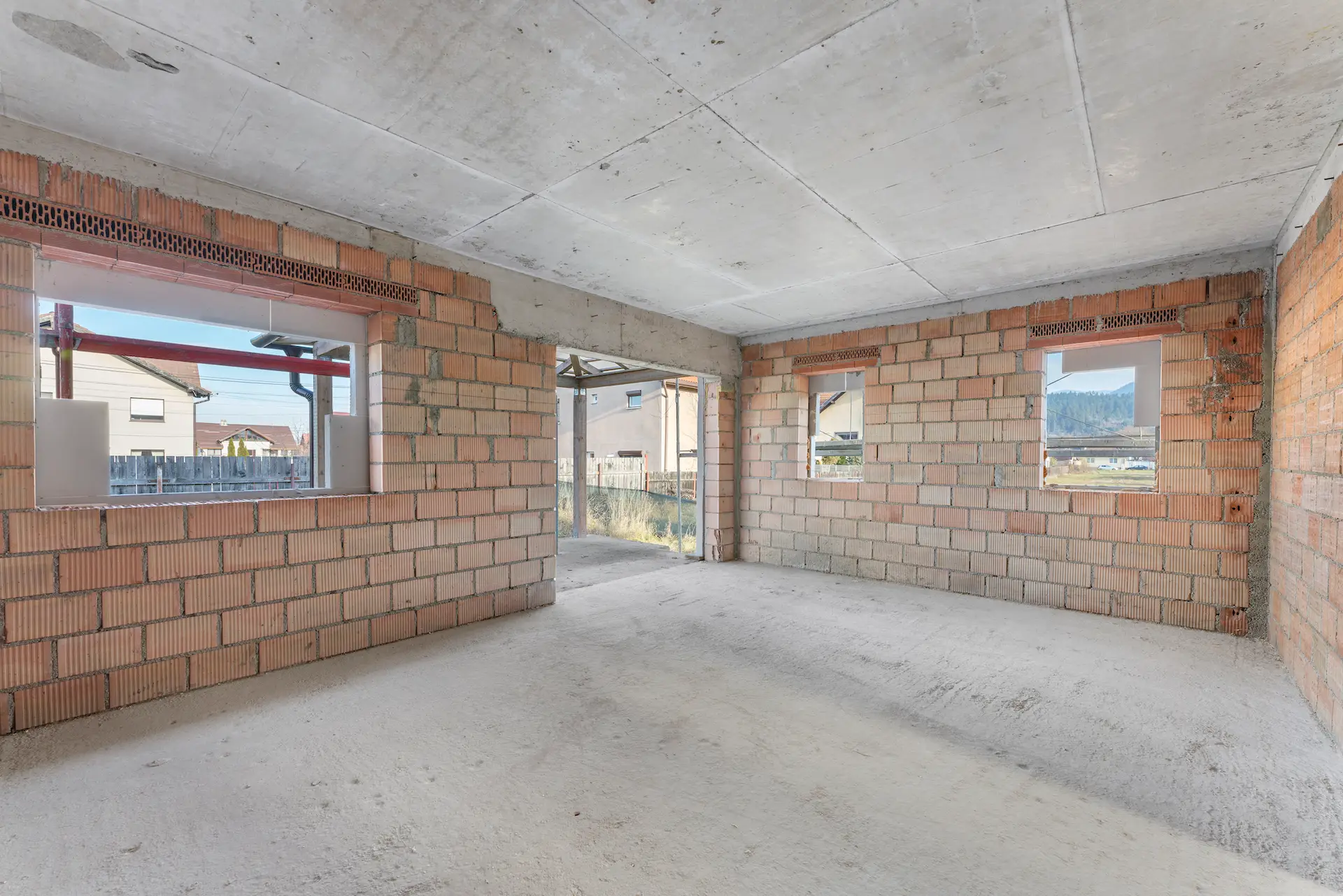

Overcoming AI Limitations: Why Human Editors Still Matter
Given all these AI limitations, professional photo editors are far from obsolete. In fact, they’re more essential than ever — especially when accuracy, consistency, and emotional appeal are on the line.
Humans understand nuance. They know when a fireplace should cast a shadow, when a couch looks unnaturally bright, or when a ceiling line is crooked. These are details AI still can’t reliably handle.
Professional editors also understand industry standards — what buyers expect, what MLS platforms accept, and how to subtly enhance a photo without making it look fake. The goal is always realism, not perfection.
While AI can be a helpful assistant, relying on it alone risks quality and trust — two pillars that real estate marketing simply can’t afford to compromise.

Suggestions for Virtual Staging & Professional Photo Editing Services
If you are looking for a professional virtual staging service at an affordable price, Digihomestudio.com is a worthy place for you to trust and accompany. You can expect to invest around $29 for a meticulously designed and lifelike final image, suitable for showcasing your home across various digital platforms.
We have a network of world-class virtual stage editors and designers in Vietnam. To ensure the best level of service, the customer service team is located in the US.
Our virtual home staging services include:
- Staging for empty or furnished rooms
- 2D and 3D floor plans
- Change the color of the walls and floors
- Virtual renovation
- Erase furniture and small objects
- And much more!
If you’re prepared to elevate your real estate marketing strategies, reach out to Digihomestudio.com now and experience the benefits of collaborating with one of the top virtual staging firms available today.

Virtual Staging by Digihomestudio.com
Combining AI and Human Expertise to Tackle AI Limitations
That said, AI does have a place — especially when used strategically. Platforms like AgentUp Editing AI are designed specifically for real estate, offering base-level enhancements such as sky replacement and minor object removal. These can significantly speed up workflows.
But the best results still come from a hybrid approach: AI to handle the basics, and human editors to refine the image and ensure quality control. It’s the best of both worlds — speed and precision.
According to PhotoUp, teams that blend AI with manual editing reduce overall turnaround time by 40% while maintaining professional-grade consistency across their photo sets.
This kind of smart collaboration is the real future of real estate photo editing — not pure automation, but assisted excellence.
Conclusion
AI is evolving rapidly, and its benefits are undeniable: it saves time, reduces costs, and enhances productivity. But as we’ve seen, the AI limitations in real estate photo editing are just as real. From poor detail clarity and inconsistent patterns to perspective distortions and limited control, there’s still no substitute for the trained human eye.
In a visual market where trust is everything, the wrong photo can cost you leads — or worse, damage your reputation. By combining AI tools with human expertise, real estate professionals can maintain quality while still taking advantage of new technology.
Don’t let convenience come at the expense of credibility. Know the AI limitations, and you’ll make smarter, more strategic decisions in your photo editing workflow.

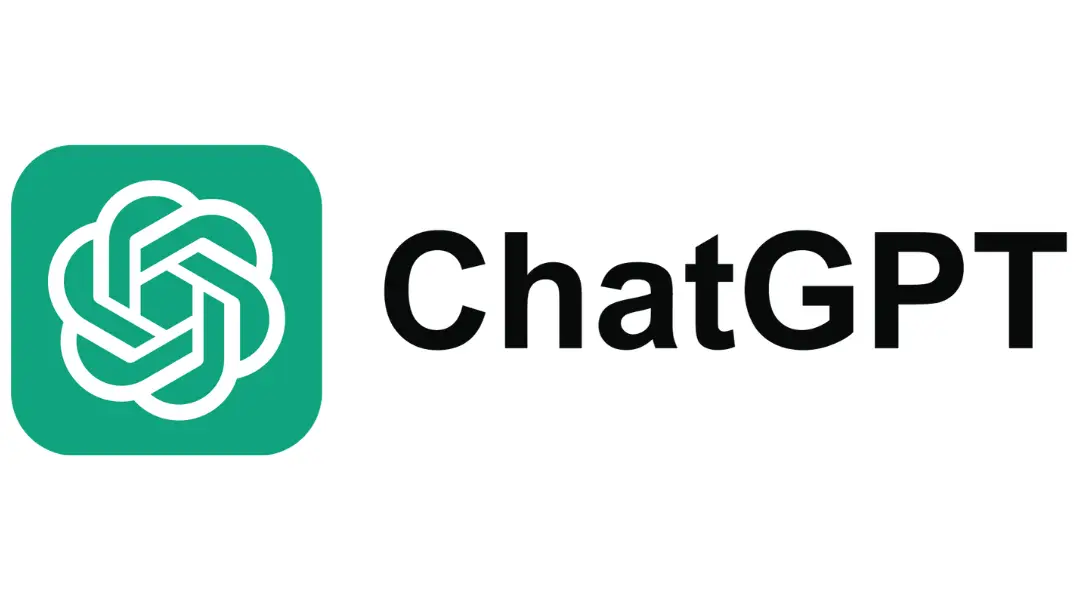


Leave a Reply